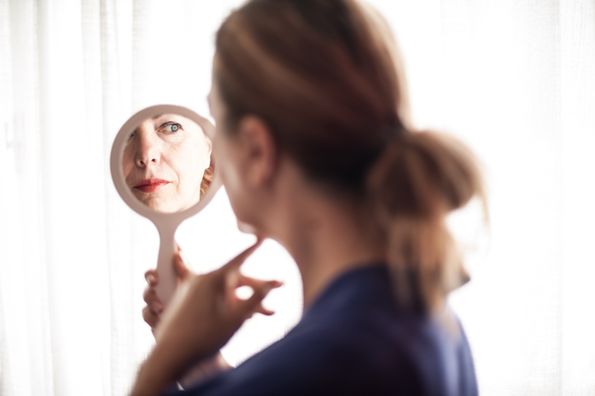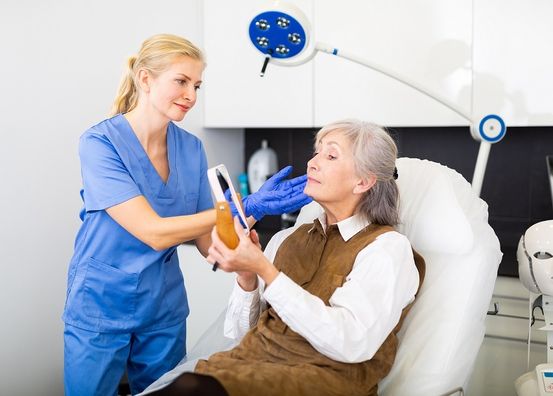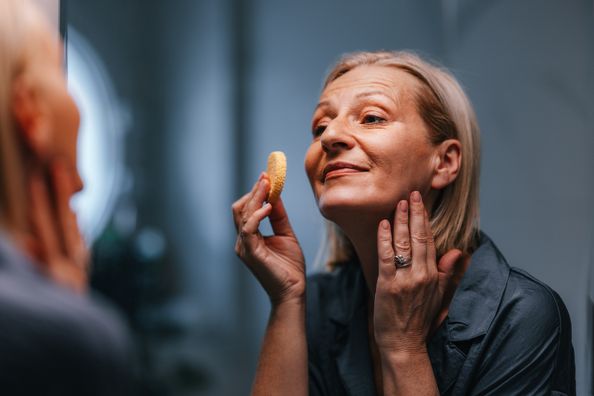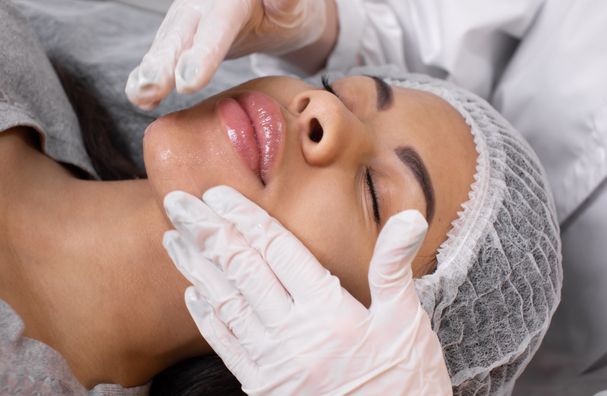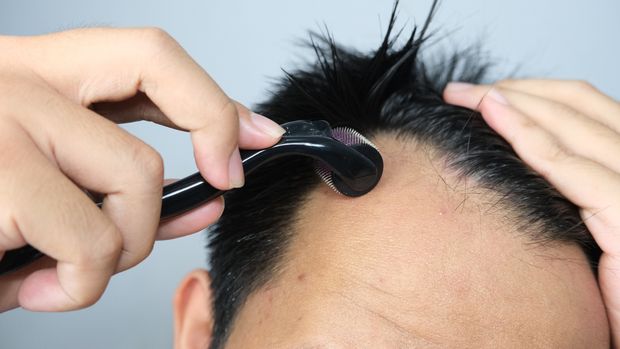Half of all cancerous moles are found during self-skin exams. While annual full body skin exams performed by a dermatologist are important, monthly self-skin exams help you familiarize yourself with your skin so you can monitor any changes and detect suspicious lesions early.
For self-skin exams to be effective, it is important to perform them correctly. Below you will find the tools and instructions you need to perform your next monthly self-skin exam.
We recommend making sure you have the following tools on hand:
- Wall mirror
- Handheld mirror
- Flashlight/phone light
- Chair
- Camera
- Phone or journal for notes
When performing your exam, look for anything out of the ordinary such as a mole that is different from the others, also known as “The Ugly Duckling” sign. The ABCDEs of Melanoma are also a helpful tool in remembering what to look for – Asymmetry, Border, Color, Diameter, Evolution. Also, look out for scaly, crusted or bleeding patches of skin.
Start by standing in front of a mirror and examining your face, ears, neck, chest and stomach. Do your best to check your scalp, armpits and under your breasts if applicable. If needed, utilize your phone’s flashlight throughout your exam to help you see each spot more clearly.
Next, examine both sides of your arms, your palms and the top part of your hands. Don’t forget to look in between your fingers and your fingernails. On your nails, look for a dark streak as this may be an indicator of melanoma.
Now you are ready to examine the lower half of your body. While sitting in a chair, start by looking at the tops of your legs including your thighs, shins and feet. Similar to your hands, look in between your toes and at the toenails. To make sure you don’t miss a spot, examine one leg at a time.
Now for the trickiest part of the self-exam, stand up and use a handheld mirror to examine your buttocks and your entire back. Don’t forget to look at the back of your neck and behind your ears. While lying in bed or in a chair, use the handheld mirror to also look at your genitals and harder to see areas.
If at any point you find a suspicious spot, take a reference photo to share with your dermatologist or to look back at before next month’s check. Taking notes, whether on your phone or in a journal, can also be helpful to share with your dermatologist at your next appointment.
If you have any skin concerns or are due for your annual full-body skin exam, schedule an appointment online or by calling your preferred location.
Annual full body skin exams are now covered as a preventative exam by most commercial insurance companies. Cost varies based on your insurance coverage.
*Medicare and Medicaid are excluded
Health Topics:

